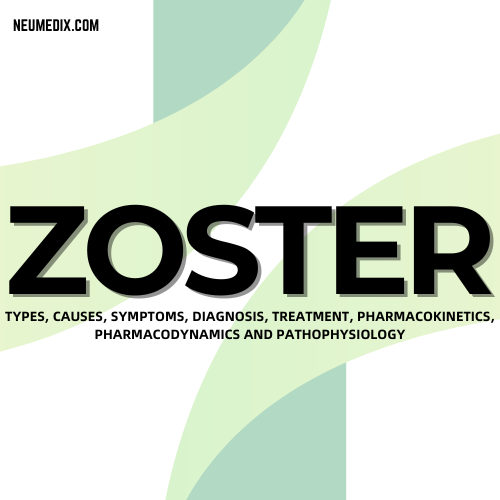Zoster, commonly known as shingles, is a viral infection caused by the reactivation of the varicella-zoster virus, the same virus that causes chickenpox. Here’s a detailed guide covering its causes, symptoms, treatment options, and prevention strategies.
What is Zoster?
Zoster is a painful rash that typically appears as a band or strip of blisters on one side of the body. It is caused by the reactivation of the varicella-zoster virus, which remains dormant in the body after a person has had chickenpox. The virus can reactivate later in life, usually due to a weakened immune system or other triggering factors.
Causes:
- Varicella-zoster virus (VZV): The same virus that causes chickenpox.
- Weakened immune system: Aging, stress, illness, or medications that suppress the immune system can increase the risk of zoster.
- Previous chickenpox infection: Having had chickenpox in the past leaves the virus dormant in nerve tissues, where it can reactivate later in life.
Symptoms:
- Pain: Often described as burning, shooting, or stabbing pain, usually preceding the rash.
- Rash: A red, blistering rash that typically appears on one side of the body, following the path of a nerve.
- Flu-like symptoms: Fever, headache, fatigue, and malaise may occur.
Diagnosis:
Diagnosis is usually based on symptoms and physical examination. Laboratory tests such as viral cultures or polymerase chain reaction (PCR) tests may be performed to confirm the presence of the varicella-zoster virus.
Pharmacokinetics and Pharmacodynamics:
There are no specific pharmacokinetic or pharmacodynamic considerations for zoster. Antiviral medications work to inhibit the replication of the varicella-zoster virus, reducing the severity and duration of symptoms.
Pharmacological Treatment:
- Antiviral medications: Drugs such as acyclovir, valacyclovir, and famciclovir are commonly prescribed to reduce the severity and duration of zoster symptoms.
- Pain management: Over-the-counter pain relievers or prescription medications may be used to alleviate discomfort.
- Topical treatments: Calamine lotion or capsaicin cream may help relieve itching and discomfort associated with the rash.
Non-pharmacological Treatment:
- Rest: Getting plenty of rest can help the body fight off the infection and speed up recovery.
- Cool compresses: Applying cool, damp cloths to the rash can help soothe itching and discomfort.
- Keep the rash clean and dry: Gentle cleansing and proper hygiene can prevent secondary bacterial infections.
Prevention:
- Vaccination: The shingles vaccine (Zostavax or Shingrix) is recommended for adults aged 50 and older to reduce the risk of developing zoster.
- Good hygiene: Practicing good hygiene, such as frequent handwashing, can help prevent the spread of the varicella-zoster virus.
- Stress management: Stress reduction techniques such as meditation, exercise, and relaxation may help reduce the risk of zoster outbreaks.
Conclusion:
Zoster, or shingles, is a painful viral infection caused by the reactivation of the varicella-zoster virus. While there is no cure for zoster, antiviral medications can help reduce the severity and duration of symptoms. Vaccination is an important preventive measure for reducing the risk of developing zoster, especially in older adults. By understanding the causes, symptoms, and treatment options for zoster, individuals can take steps to manage the condition and minimize its impact on their health and quality of life.




